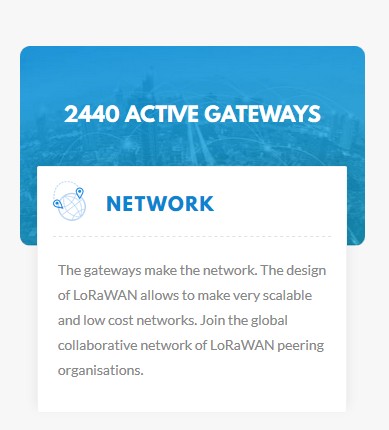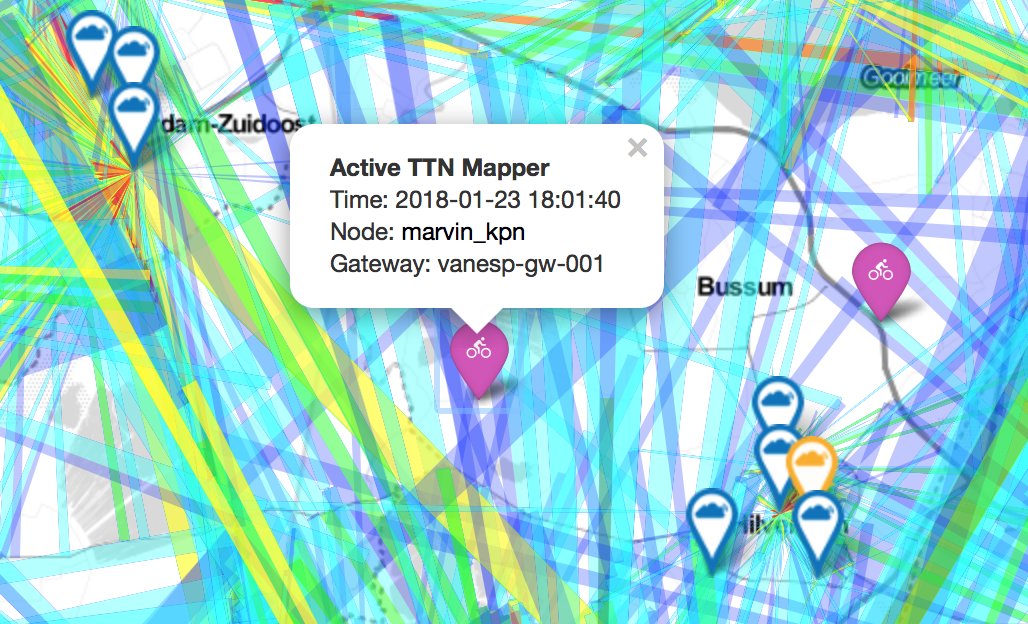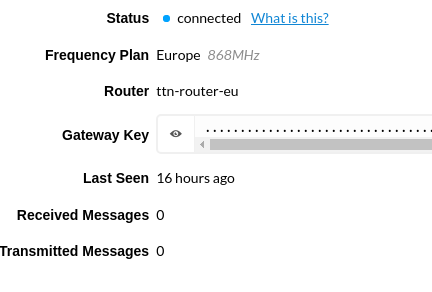This is my personal opinion, not authorized by TTN.
I think the TTN Team underestimated massively the difficulty of developing an embedded device allowed to transmit radio. For this your device needs to be approved by FCC and other national agencies, even if an approved chip set is used.
Secondly, developing embedded software and hardware is hard. My company and my teams do so, and it requires experienced engineers and good processes.
Thirdly, producing a few prototypes is easy. You can solder in a new component, add a wire. Producing a series which does not require modification is hard… again, design for production is yet another skill.
These three steps the TTN team anticipated for the Kickstarter. They underestimated the obstacles, cost and timescale duration however.
Subsequently, developing a network infrastructure which is reliable, scalable, and manageable is very hard too. Read some of the forum messages about best-effort reliability and quality of service. In my opinion the TTN team surpassed themselves in this area… they did very well so far… but what will happen if the scale increases tremendously?
Now all of these facts, and a small core team, mean that with over 934 backers the team is overextended trying to work through the logistics of getting the supplies out to the backers, and subsequently supporting those who have problems.
And of course, people who have a working Gateway do not post… so it all looks very negative.
I would recommend dedicating technical personnel to resolving issues with those backers who have received a Gateway, and publish trouble shooting or diagnostic steps. Get other people to chase the logistics and deliveries.
Anyway… I hope TTN can get their act together… When it works, it works well!
Peter





